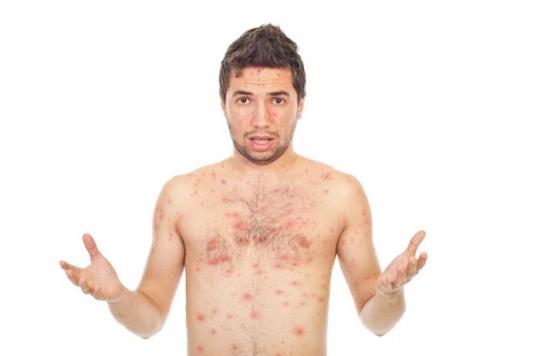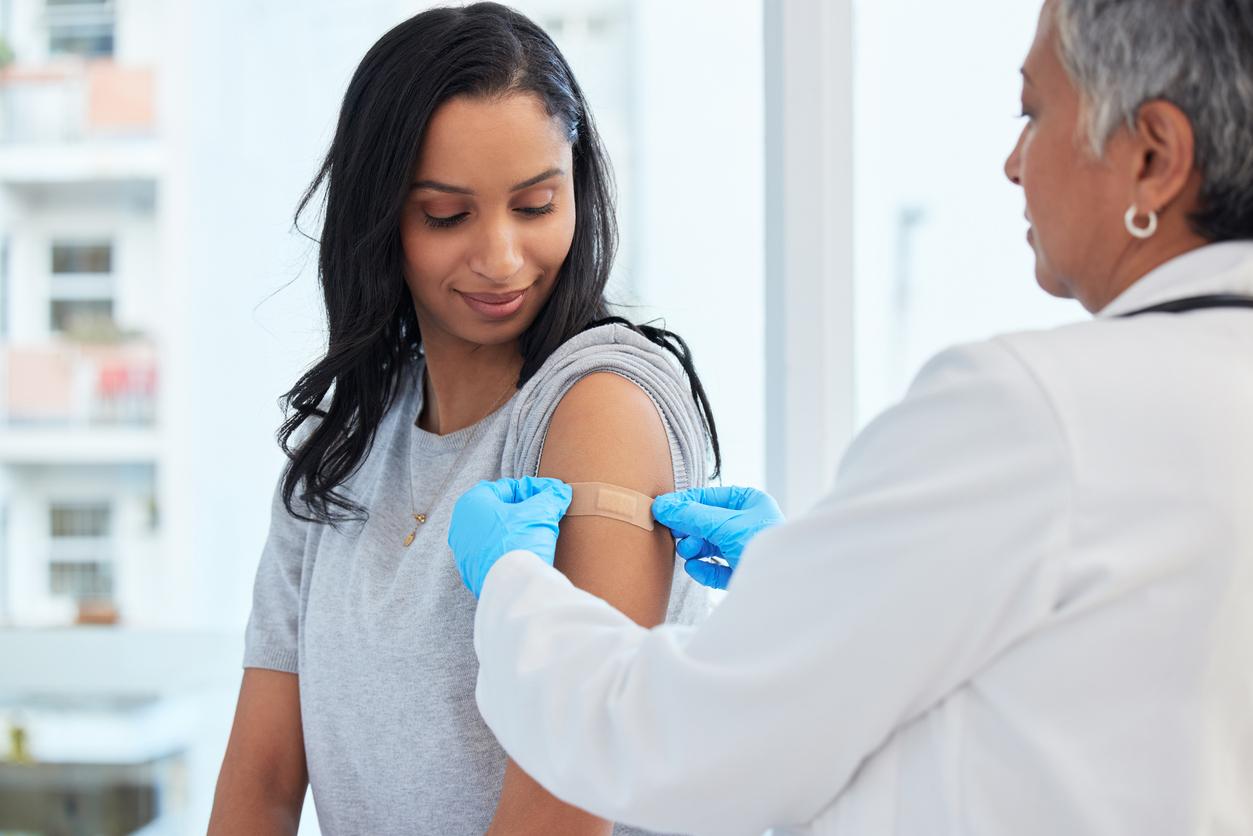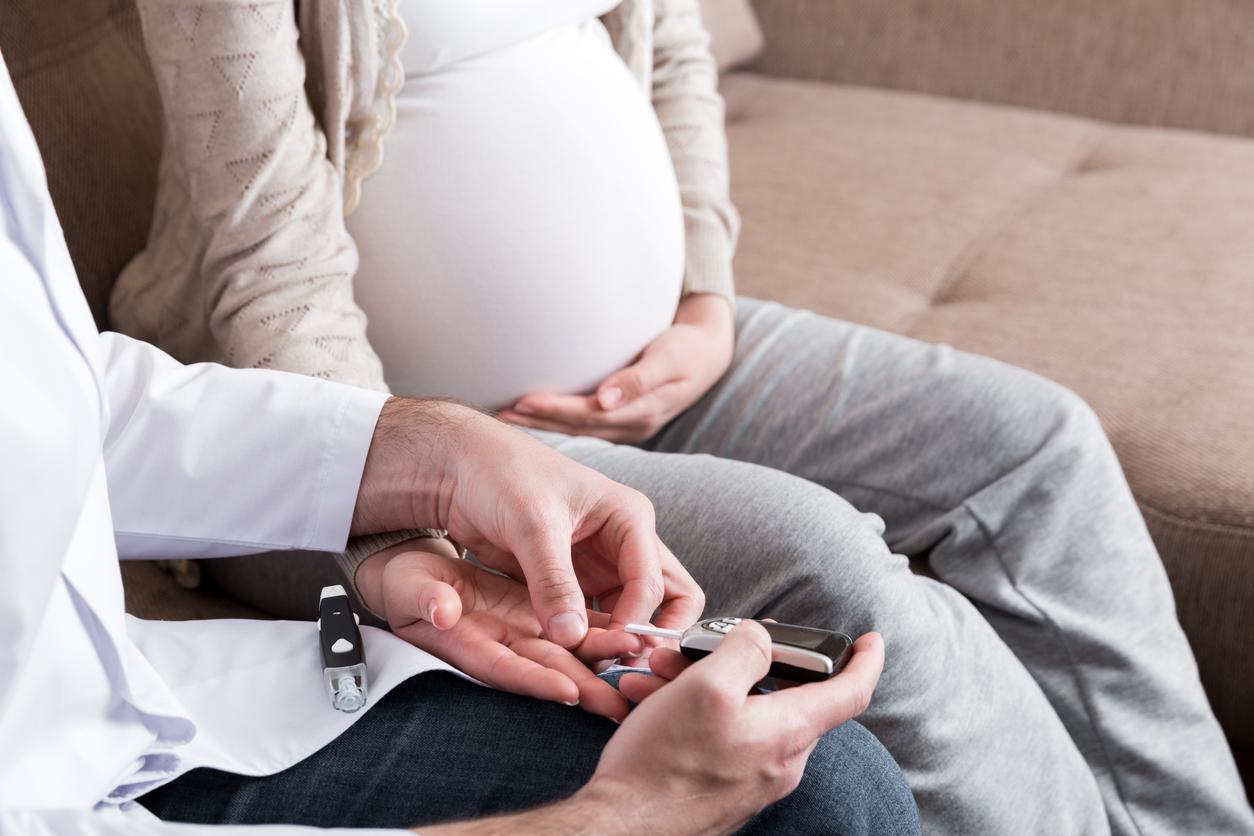Chickenpox continues to be rife in several regions of France. Each year in France, 32,000 adults are infected. What are the risks of late chickenpox?

The epidemic continues to spread. LBurgundy-Franche-Comté is the most affected region with 62 cases per 100,000 inhabitants, followed by Brittany, Occitanie, Pays de la Loire, Normandy, Auvergne – Rhône-Alpes, Corsica, New Aquitaine, Provence-Alpes-Côte d’Azur and Ile-de-France.
By way of comparison, the incidence rate of cases of chickenpox seen in general medicine consultation was estimated on average at 30 cases per 100,000 inhabitants at the national level. Between 30 and 40% of patients are children under 5 years old, between 5 and 12% are under 20 years old and less than 5% are under 45 years old. However, if it is easily treated in children under 15, chickenpox can cause serious complications in adulthood: beyond 20 years, mortality from chickenpox reaches 21.3 deaths (per 100,000 people). . Each year in France, 32,000 adults contract chickenpox.
Overview of chickenpox
An infectious disease responsible for a rash, chickenpox is very contagious and common in children. It is due to an infection with the “varicella-zoster virus” (VZV) which belongs to the group of Herpes virus. The appearance of small erythematous lesions, then vesicular lesions, with strong itching, beginning on the face, then spreading to the whole body in successive outbreaks, suggests the diagnosis of chickenpox.
But this one can be difficult when the number of blisters is low : it is necessary to look for it on the scalp, in the mouth, the interdigital spaces. Chickenpox is one of the most common childhood illnesses: 700,000 people and 90% of children under 10 are affected each year.
In most cases, chickenpox is a mild disease. However, a medical consultation is necessary during the day if the child is less than six months old, if he suffers from a chronic skin disease (“eczema”) which favors the extension of chickenpox lesions, if the child or the parent has an immune deficiency or is on long-term corticosteroid therapy, if an unimmunized pregnant woman has been in contact with someone with chickenpox, if the blisters fill with blood, become larger and the fever is high (chickenpox severe), if the vesicles fill with pus and widen (bacterial superinfection = “impetigo”), or if the child or parents cough with lesions of chickenpox (pulmonary involvement).
The risks of chickenpox during pregnancy
In adults, the virus can cause a high fever and reach certain deep organs, including the lungs and brain. There is also a risk of skin infections (with staphylococci or streptococci) vesicles (buttons). One should be concerned if the patient has breathing problems or disturbances in consciousness, this may be the result of encephalitis or coma.
The adults most at risk are people who are immunocompromised (that is to say in chemotherapy, transplants, suffering from AIDS, etc.), the elderly and pregnant women in whom the virus can cause pulmonary complications. Before 24 weeks of gestation – the period from which the baby begins to hear, see and cough – the risk of contamination of the fetus is estimated at 8%, and in 2% of cases, the contagion gives rise to congenital chickenpox, also called varicella fetal. The risks are then serious for the baby: skin problems, malformations, neurological and / or ophthalmic lesions, developmental problems, or even intrauterine growth retardation. In general, the earlier a mother catches chickenpox during her pregnancy, the less severe the consequences will be for her baby.
Chickenpox that a mother catches within three weeks of giving birth is called “neonatal chickenpox”. It is all the more dangerous as it is transmitted to the newborn in 25 to 50% of cases. If the child is born less than 5 days after the onset of the rash of the first symptoms in his mother, he is at serious risk of lung problems. Chickenpox then becomes fatal in 20 to 30% of cases.
What alternatives in case of late chickenpox?
It is already essential to consult a doctor in case of chickenpox late, because breakouts and itching are often more severe in adults than in children. Unless your GP tells you otherwise, you can take paracetamol – not aspirin or ibuprofen – for headaches and fever.
There are also calming lotions or antihistamines to reduce the intensity of the itching. On the other hand, corticosteroid ointments should be avoided because they can increase the intensity of the outbreaks and promote secondary infections. If you’re thinking about having a baby and you’ve never had chickenpox, talk to your doctor. Your doctor will probably recommend that you get vaccinated, which becomes impossible when you are pregnant. Finally, to avoid any risk if you have never had it, limit contact with children carrying the virus. At least as long as they are processed.
In summary, don’t think of chickenpox as a childhood illness. If you’ve never had it, it can be dangerous.

.














